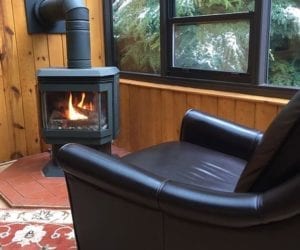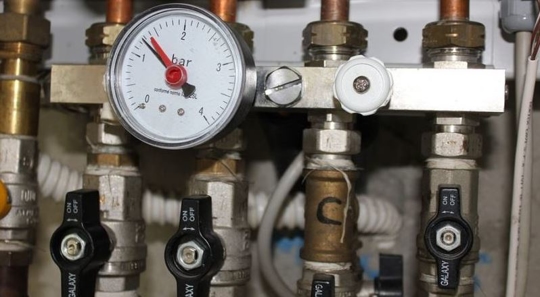Nature has its own processes for purifying the air including plants, rain, ultraviolet light, and even thunderstorms. But what about indoor air? It is more stagnant and collects dust, pollen, dander, and dead skin cells. In fact, modern research shows that without proper circulation and filtration, indoor air can become even more polluted than outside air. With more people spending time indoors because of the current pandemic, indoor air quality (IAQ) is quickly becoming a major concern for many homeowners. Here is what you need to know about IAQ systems and furnace repair in San Jose, CA.
What are the Most Common Indoor Pollutants?
When people think of pollutants the first things to come to mind are often oversized factories pumping plumes of black smoke into the air or packed highways with cars producing exhaust. While these are a great concern, they are not the most common pollutants inside the home. Homes are more airtight than ever. Poor ventilation, high temperatures, high humidity, and dust mites contribute to poor indoor air quality. So irritants tend to get trapped inside and stay there. The most common indoor air pollutants include:
- Lead
- Mold
- Radon
- Asbestos
- Pesticides
- Formaldehyde
- Carbon monoxide
- Nitrogen dioxide
- Biological pollutants
- Secondhand smoke
- Indoor particulate matter
- Volatile organic compounds (VOCs)

What are Some Health Effects of Poor Air Quality?
Poor air isn’t good for anyone. But it is especially dangerous to children, the elderly, and people with asthma or other breathing-related conditions. Common side effects of long-term exposure to some of these indoor air pollutants include:
- Fatigue
- Headaches
- Dizziness
- Nausea
- Coughing or wheezing
- Chronic bronchitis
- Allergic reactions
- Eye, nose, and throat irritation
- Damage to the lungs, liver, kidneys, and central nervous system
What is an IAQ System?
One way to put a damper on indoor air pollutants is with IAQ systems. Some systems to consider might include air purification, humidity control, ventilation, and air filters. These systems often work to eliminate four major components of indoor air pollution: germs, humidity, chemicals, and particles. By removing these from the air, these IAQ systems can also prolong the life and use of your furnace and air conditioning.
What are the Different Types of IAQ Systems?
Air cleaners or purifiers remove particles, gases, odors, and VOCs with different types and layers of filters. Humidifiers or dehumidifiers will add or remove moisture from the air to help make the air more breathable and the home more comfortable. UV lamps in the HVAC system don’t exactly clean the air, but they can help keep mold and bacteria from growing on the evaporator coils or clogging the condensate drain lines. Ventilators work to remove stale air from the home and replace it with fresher outside air. Any of these systems, or a combination, can help reduce pollutants and improve the air quality inside your home.
If you need help deciding on an IAQ system for your home or would like furnace repair in San Jose, CA, contact Pelle Heating & Air Conditioning. Our experts can help you find the right solutions for your home to help improve comfort as well as indoor air quality inside your home.
The post What is an IAQ System? appeared first on Pelle Heating & Air Conditioning.

